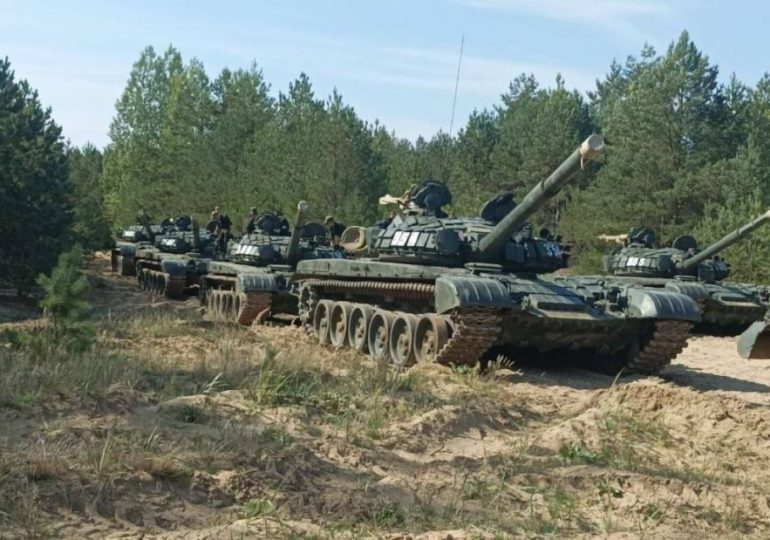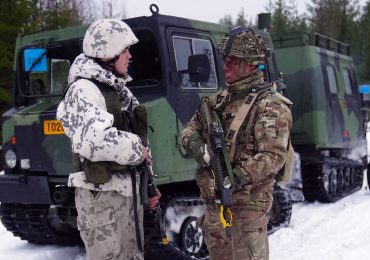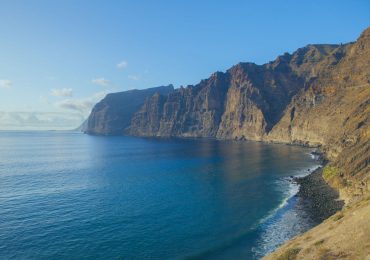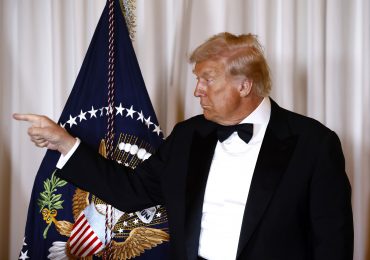RUSSIA has deployed some 30,000 troops to the new frontline in Kursk as Vladimir Putin desperately tries to fend off Ukraine’s forces.
Mad Vlad also appears to have called in reinforcements from ally Belarus as their tanks branded with telltale “B” signs mass on the Ukrainian border in an echo of the “Z” used by Russia.
Pictures appear to show Belarusian tanks being moved to the border near Gomel
An armoured truck marked with a ‘B’ in the Belarus border area
EPARussian troops fire from a howitzer D-30 towards Ukraine in an undisclosed location[/caption]
Rows of tanks have massed near the Ukraine-Belarus border – also painted with the letter B
Plumes of smoke could be seen rising from houses in Kursk after Ukrainian drone strikes
Ukraine is holding strong onto 100 towns and settlements inside Kursk after first invading Russia on August 6, more than three weeks ago.
Zelensky’s forces have also attacked border checkpoints in the Belgorod region, attempting to push into another one of Putin’s cities.
A raging Vlad is now plotting a new attack using tanks and troops from ally Belarus – which borders both Russia and Ukraine – to fend off the mounting assault.
Pictures show rows and rows of the heavy duty tanks and armoured trucks in what is thought to be Gomel, near the Ukraine border, according to reports.
Putin is hoping to force Ukraine’s troops to back down with the threat of a new army, according to security think tank Atlantic Council.
But Ukraine has hit back in a scathing warning, telling Belarus dictator Alexander Lukashenko that “all troop concentrations, military facilities, and supply routes in Belarus will become legitimate targets for the Armed Forces of Ukraine”.
Kyiv Commander in Chief Oleksandr Syrskyi warned this week that the number of Russian troops being dispatched to Kursk is ever growing.
But he swore “The enemy is advancing at a very high cost… Every day our soldiers kill or wound up to 300 invaders on this front.”
Lukashenko has previously refused to put his troops into Ukraine through two and a half years of Putin’s illegal war.
But the new tanks on the border bore signs in a similar style to those used by Russia – which notorious “V” and “Z” motifs painted on their sides.
It is somewhat unclear whether this is a show of force meant to push back Ukraine or a more serious indication of involvement by Belarus in the ongoing war.
Minsk claims the tanks are merely completing combat training.
Putin is scrambling to fight back against Ukraine after weeks of mass surrenders and embarrassing losses against Kyiv troops.
Ukraine has so far snared 595 prisoners of war, swapping 115 for its own advanced fighters on Saturday.
Kyiv’s recent drone attacks have also proved successful, striking a key oil depot in Rostov and even in a city some 500 miles from the border – Saratov.
It comes as Ukraine has used F-16 fighter jets for the first time in the war so far.
Commanders scrambled F-16 Fighting Falcons to intercept Russian rockets and drones during two days of devastating bombardments.
The jets soared into battle as Moscow unleashed more than 300 missiles and drones, including Kinzhal hypersonic missiles, Iranian Shahed one-way attack drones and submarine launched Kalibr cruise missiles.
The Russian attacks since Sunday were one of the biggest bombardments of the war and caused “significant damage” to Ukraine’s energy infrastructure.
Ukraine’s President Zelensky revealed: “We shot down some missiles with the help of F-16s.”
Why has the Ukrainian invasion of Russia been so successful?
By Georgie English, Foreign News Reporter
A DARING Ukrainian military push into Russia’s Kursk region has become the largest attack on the country since World War Two.
Kyiv’s forces have seized scores of villages, taken hundreds of prisoners and forced the evacuation of tens of thousands of civilians.
After more than a week of fighting, Russian troops are still struggling to drive out the invaders.
Why has Russian military been caught so unprepared?
A long undefended border
Russia’s regions of Kursk, Bryansk and Belgorod share a 720-mile border with Ukraine – including a 152-mile section in the Kursk region.
And it only had symbolic protection before Moscow invaded Ukraine in 2022.
It’s been reinforced since then with checkpoints on key roads and field fortifications in places – but not enough to repel a Ukrainian assault.
The most capable Russian units are fighting in eastern Ukraine, leaving the border vulnerable to attack.
Element of surprise
Ukrainian troops participating in the incursion were reportedly only told about their mission a day before it began.
The secrecy contrasted with last year’s counteroffensive – when Ukraine openly declared its goal of cutting the land corridor to annexed Crimea.
Ukraine ended up failing as troops trudged through Russian minefields and were pummelled by artillery and drones.
But in Kursk, Ukrainian troops didn’t face any of these obstacles.
Battle-hardened units easily overwhelmed Russian border guards and small infantry units made up of inexperienced conscripts.
The Ukrainians drove deep into the region in several directions – facing little resistance and sowing chaos and panic.
Russia’s slow response
The Russian military command initially relied on warplanes and choppers to try to stop the onslaught.
At least one Russian helicopter gunship was shot down and another was damaged.
Moscow began pulling in reinforcements, managing to slow Ukraine’s advances – but failed to completely block troops.
EPAThe site of a Ukrainian drone strike in Saratov, Russia, 500 miles from the border[/caption]
Tanks and heavy-duty ZIL trucks marked with ‘B’ seen in the Belarusian border area
Ukraine hits an army oil depot in Rostov with a successful drone strike
EPAA Ukrainian troop stands in front of a building in Sudzha after capturing the key Russian city[/caption]
Leave a comment








